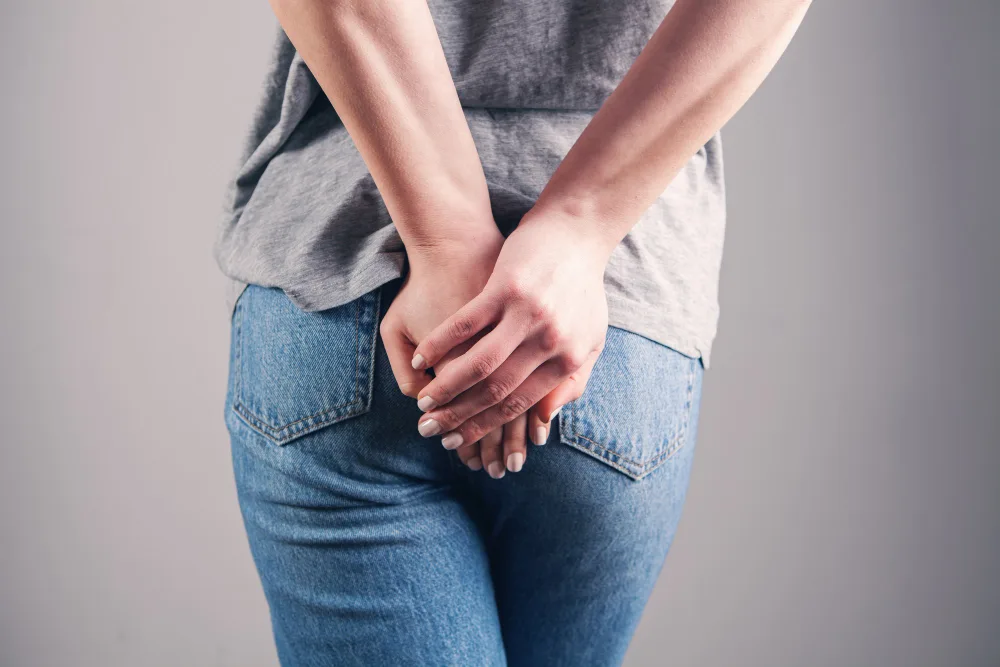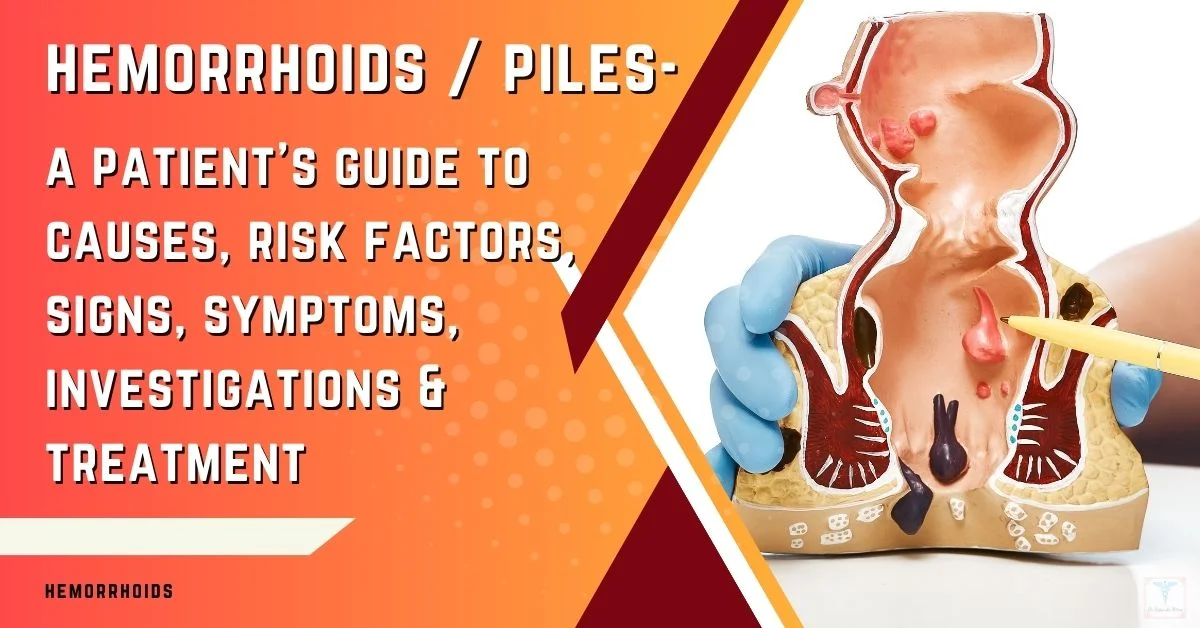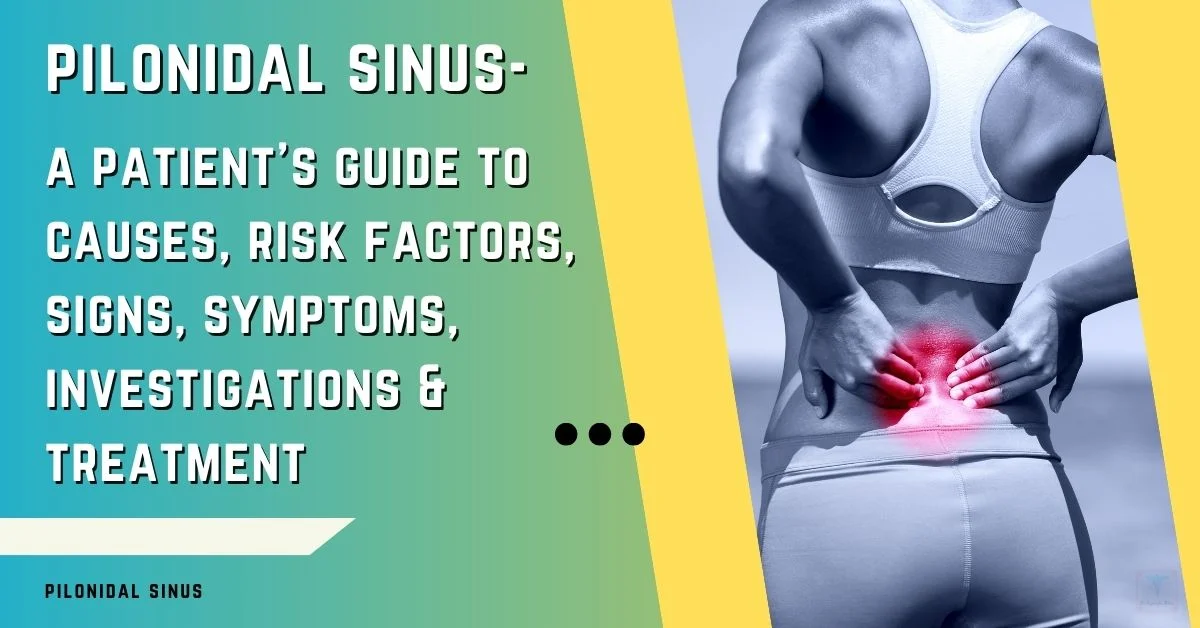Anal fissures can be categorized into different types based on various factors. Different types of anal fissures need different approaches to treatment. The main types are acute anal fissures, chronic anal fissures, and atypical anal fissures.
Understanding the different types is important, as it affects the anal fissure treatment approach. Let’s go over the key characteristics of each anal fissure type.
Types of Anal Fissures: Key Points To Understand
- The main types are acute, chronic, and atypical anal fissures.
- Acute are new tears that last less than 6 weeks and often heal with home treatment.
- Chronic are old tears, lasting over 6-8 weeks, may require medical procedures.
- Atypical have an unusual appearance/location and need specialized testing.
- The recommended treatment approach depends on the type of Anal Fissure.

Acute Anal Fissures
These are new tears in the anal lining that have existed for less than 6 weeks. They are the most common type, making up over 90% of anal fissures. Acute fissures are usually caused by a one-time injury, such as passing a large hard stool.
They tend to be shallow and narrow. Symptoms include pain during bowel movements, rectal bleeding, spasms, and itching. Acute fissures often heal quickly with conservative home treatment.
Chronic Anal Fissures
These anal fissures have persisted for more than 6-8 weeks. They fail to heal because the anal sphincter muscle goes into spasm, slowing blood flow and preventing healing. Chronic fissures tend to be wider and deeper than acute tears.
There may be a visible skin tag on the edge. Symptoms are similar to acute fissures but more severe. Chronic fissures are less likely to heal without medical treatment.
Atypical Anal Fissures
These less common anal tears have an atypical appearance or location. They may be multiple fissures, off-midline tears, diagonal shaped, or very large.
Atypical fissures can signal an underlying condition, like Crohn’s disease, ulcerative colitis, leukemia, HIV/AIDS, syphilis, or tuberculosis.
Further testing is needed to check for related illnesses. They require diagnosis and treatment by a specialist.
Key Differences:
- Acute fissures are new tears; chronic are old tears.
- Acute fissures are narrow and shallow; chronic are wider lesions.
- Acute lasts less than 6 weeks; chronic persists over 6-8 weeks.
- Acute often heal with home care; chronic usually need medications/procedures.
- Atypical requires additional testing and specialist care
Knowing the type of anal fissure you have is important in determining the proper treatment plan. I will examine your symptoms and assess which category your fissure falls into.
Final Note From Dr. Rajarshi Mitra
It is important to know about the types of anal fissures because you consult a doctor. It will give you a basic understanding of your issue and also make it easy for you to understand the available treatment options.
If you think you are having a serious kind of anal fissure problem, you must not wait to consult with a medical practitioner. Please let me know if you have any other questions!



















